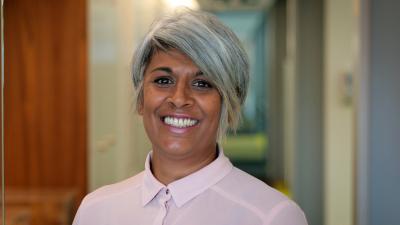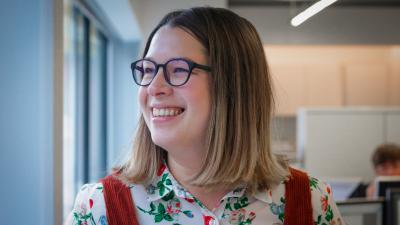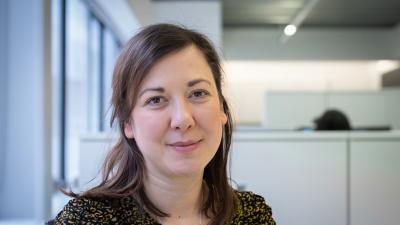At Buttress, we believe that good design is as much about people as it is about buildings. We understand that our work, by its very nature, leaves an imprint on the landscape of people’s lives, shaping the places they live, work, and spend their free time. This belief forms the cornerstone of our commitment to community engagement, a practice that ensures our projects resonate with and benefit the communities they serve.
The importance of community engagement
Our human-centric approach is not just a design philosophy; it is a guiding principle that influences every stage of our projects. By actively engaging with communities, we are able to uncovers unique insights and solutions that might be overlooked in a top-down design process. The result is spaces that are not only functional but also enriching and reflective of the people who use them.
From breathing new life into important historic buildings to embedding diverse, sustainable housing within neighbourhoods, our goal is to create a positive impact.
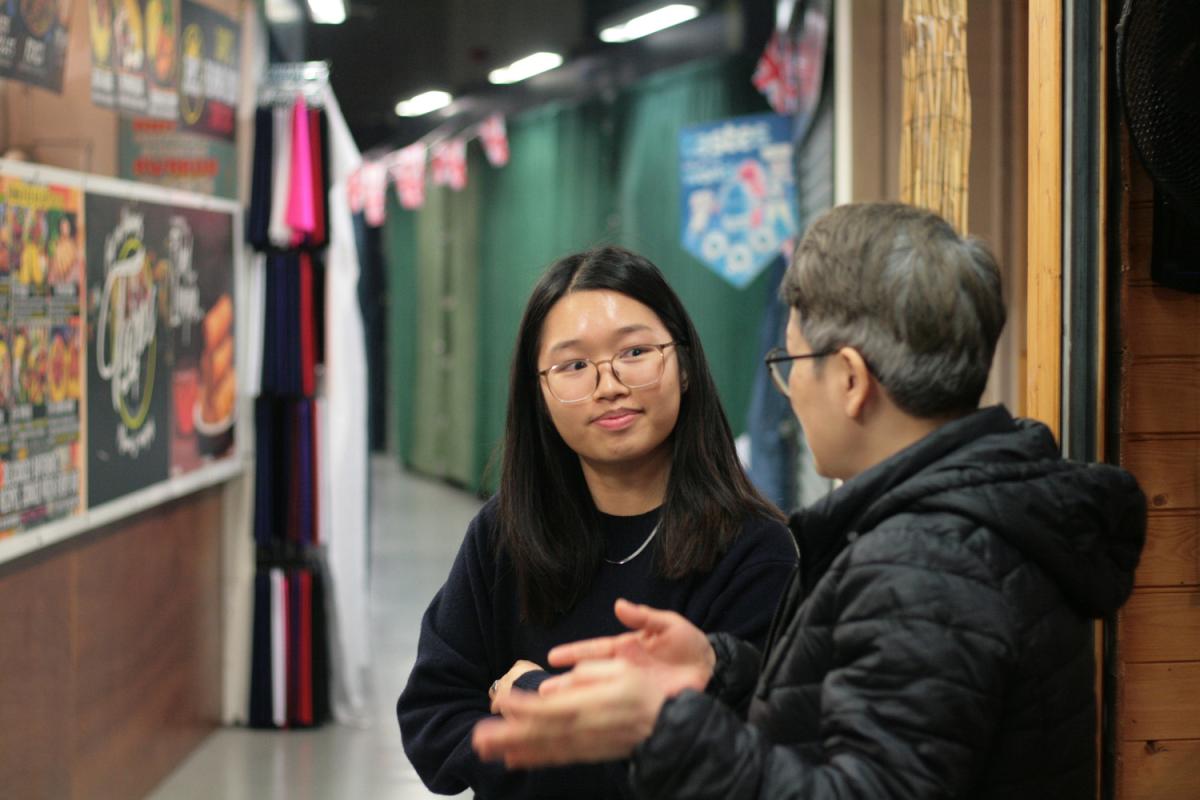
Every project starts with a client
At the start of each project, we prioritise establishing a collaborative relationship with our clients. This step is crucial in aligning our design objectives with the client’s vision and the community’s needs.
We begin with comprehensive consultations to understand the client’s goals, values, and expectations. These sessions are designed to explore the broader impact of the project on the community, ensuring that the client’s aspirations align with community benefits.
The next step is to collaborate with the client to identify key stakeholders, including community leaders, local organisations, and potential hard-to-reach groups. This mapping process helps us understand the diverse interests and needs that must be considered in the design process.
Together with the client, we establish clear, measurable objectives for community engagement and project outcomes. These metrics guide our engagement strategy and help track progress throughout the project lifecycle.

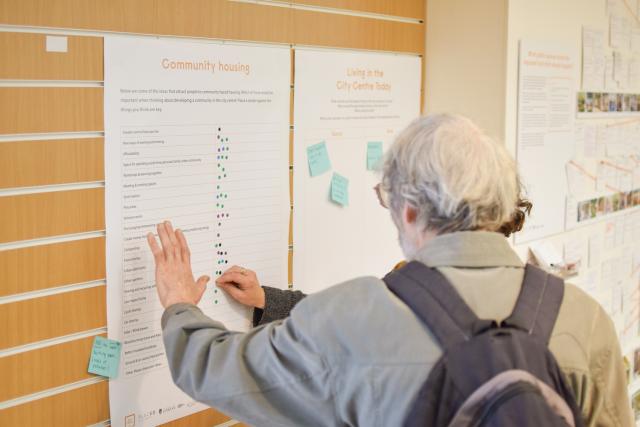
Pulling together the right team
Equally important is pulling together the right team is essential for the success of any community project. We aim to work with consultants that share similar values to ours and that bring expertise, creativity, and a collaborative spirit to the table.
Collaborating with community organisations that have established trust within groups is also essential. These partnerships enable us to understand specific community needs, facilitate introductions, and organise focus groups or feedback sessions. For instance, working with local disability advocacy groups helps us design spaces that are truly accessible.
This inclusive approach fosters a sense of ownership and investment among all parties, leading to more innovative and sustainable solutions. By fostering open communication and mutual respect among the design team, client, community members, and stakeholders, we create a cohesive and dynamic partnership that drives the project towards a successful and impactful outcome.
Listening to every voice
A critical aspect of effective community engagement is reaching out to all segments of the community, including those who are often marginalised or hard to reach. These groups might include the elderly, people with disabilities, non-English speakers, low-income households, and others who might not typically participate in traditional engagement processes. We recognise that their voices are crucial to creating inclusive and equitable spaces.
To effectively reach diverse groups, we employ a variety of communication methods. This includes producing materials using visual aids to overcome literacy barriers. Recognising that traditional public meetings may not be accessible to everyone, we offer multiple avenues for participation. Printed materials and local media are utilised for broader outreach, while online surveys and virtual exhibitions provide opportunities for those who prefer or need remote access. Pop-up events in community hubs and mobile feedback stations allow us to meet people where they are, making participation as convenient as possible.
Our commitment to community engagement includes a significant on-the-ground presence. Our team members actively participate in local events and set up information booths in public places. This hands-on approach allows us to gather authentic insights and foster trust within the community.
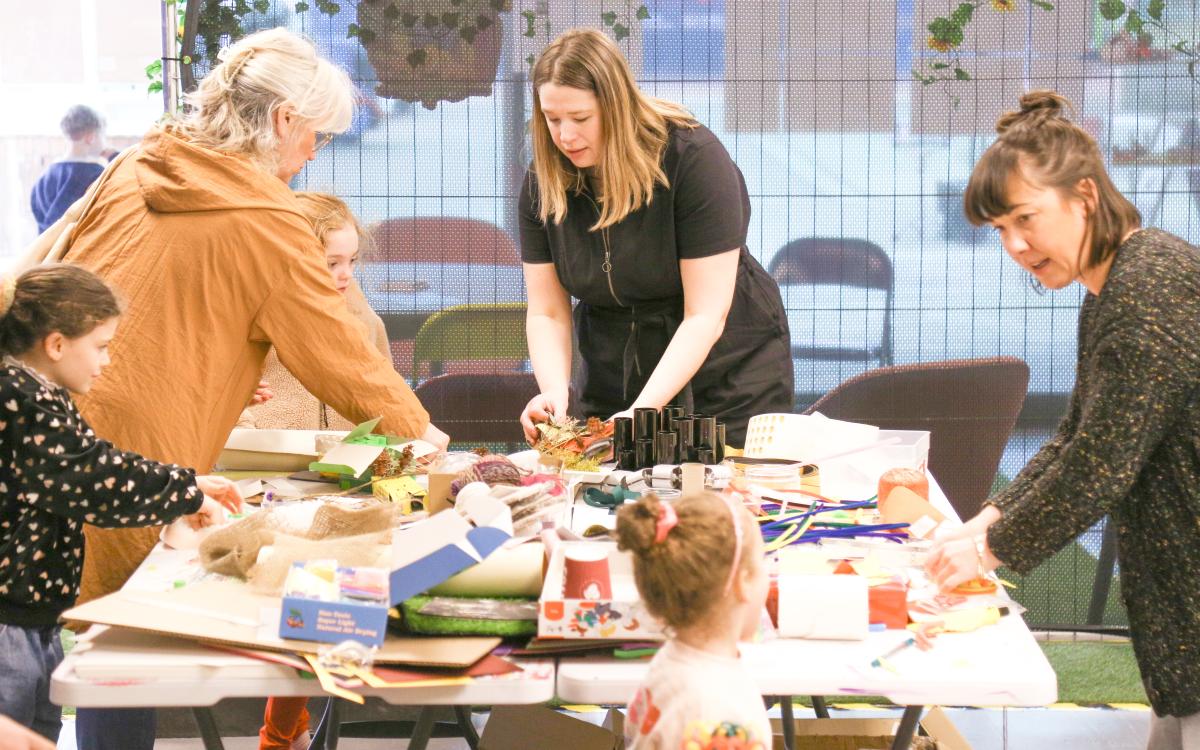
Creating lasting impact
Effective community engagement also plays a crucial role in building resilience. By involving local residents in the design process, we create spaces that are better suited to withstand social, economic, and environmental challenges. This hands-on approach ensures that communities are more cohesive and better prepared to face future uncertainties.
Our commitment to community engagement goes beyond the completion of a project. We believe in building lasting relationships and leaving a positive legacy. Post-project evaluations and follow-up engagements allow us to support and respond to the evolving needs of the community. This continuous involvement helps maintain the relevance and utility of our designs.
At Buttress, we are dedicated to shaping spaces that enhance the quality of life for all. Through thoughtful and inclusive community engagement, we strive to create environments that not only meet immediate needs but also inspire and uplift. Because for us, our dedication to community engagement will continue to guide us in creating spaces that are not only well-designed but also truly belong to the people who use them.
Windmill Hill
We were involved in a project to generate options for revitalising a community centre in a community had that suffered from multi-generational economic, health and well being issues. The area also experienced poor public transport links, which would have made it difficult for community members to travel to attend traditional consultation session.
Recognising that a local park was a regular practice spot for a local cheer group, we scheduled engagement activities during their practice sessions. This timing allowed us to meet parents and guardians who accompanied their children, as well as other community members who might not typically attend formal meetings.
By setting up a welcoming space, we created a casual and inviting atmosphere where people felt comfortable sharing their thoughts and experiences. This approach enabled us to gather valuable insights from a diverse group of residents, including those who might otherwise be overlooked, ensuring their needs and ideas were integrated into the project planning and design. Engaging with the community in their familiar environment also fostered trust and opened up meaningful dialogues that enriched our understanding of the community and their needs.
Maryport Town Hall
For the Maryport Town Hall project we carried out a series of consultations with community groups to understand how the town hall could be better utilised as a community hub. Through conversations with local residents, community stakeholders and existing building users we recognised a clear desire to have a community base for police officers to help combat local anti-social behaviour. Taking this insight, we were able to embed a permanent unit for the community police officer into the town hall. This allowed the police to have a presence in the town for the first time in over a decade, resulting in a reduction in local crime rates.
Engagement doesn’t end once a project begins. We establish continuous feedback loops to ensure ongoing community input throughout the project lifecycle.
Chithra Marsh
Chithra is a director at Buttress with more than 20 years of experience in commercial practice in both the public and private sectors.
Kimberley Corrall
Kimberley is an associate at Buttress who works within the practice's heritage team, specialising in projects that have a strong community emphasis.
Lucy Brackenbury
Lucy is an enthusiastic and creative architect who specialises in projects that have a strong community emphasis.
